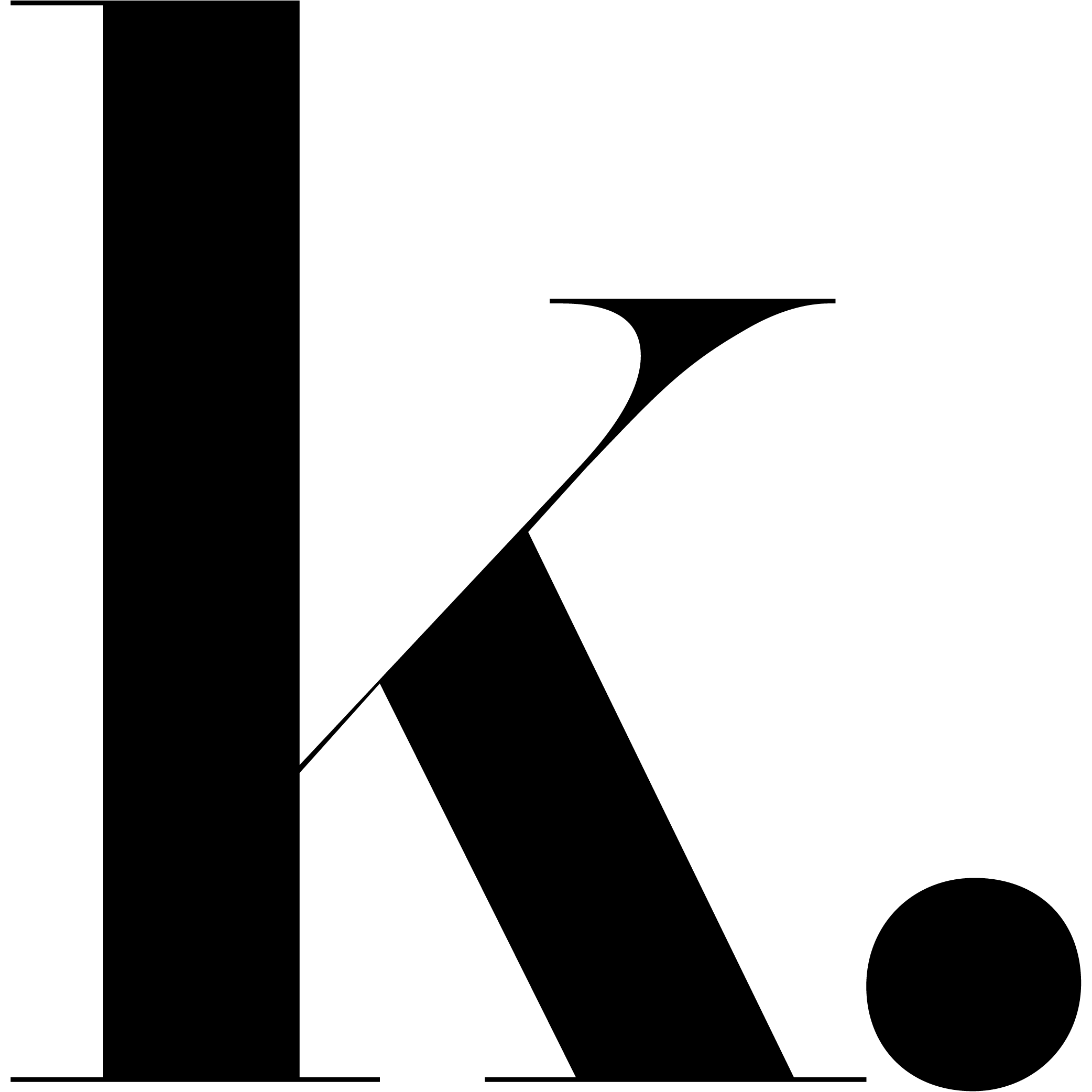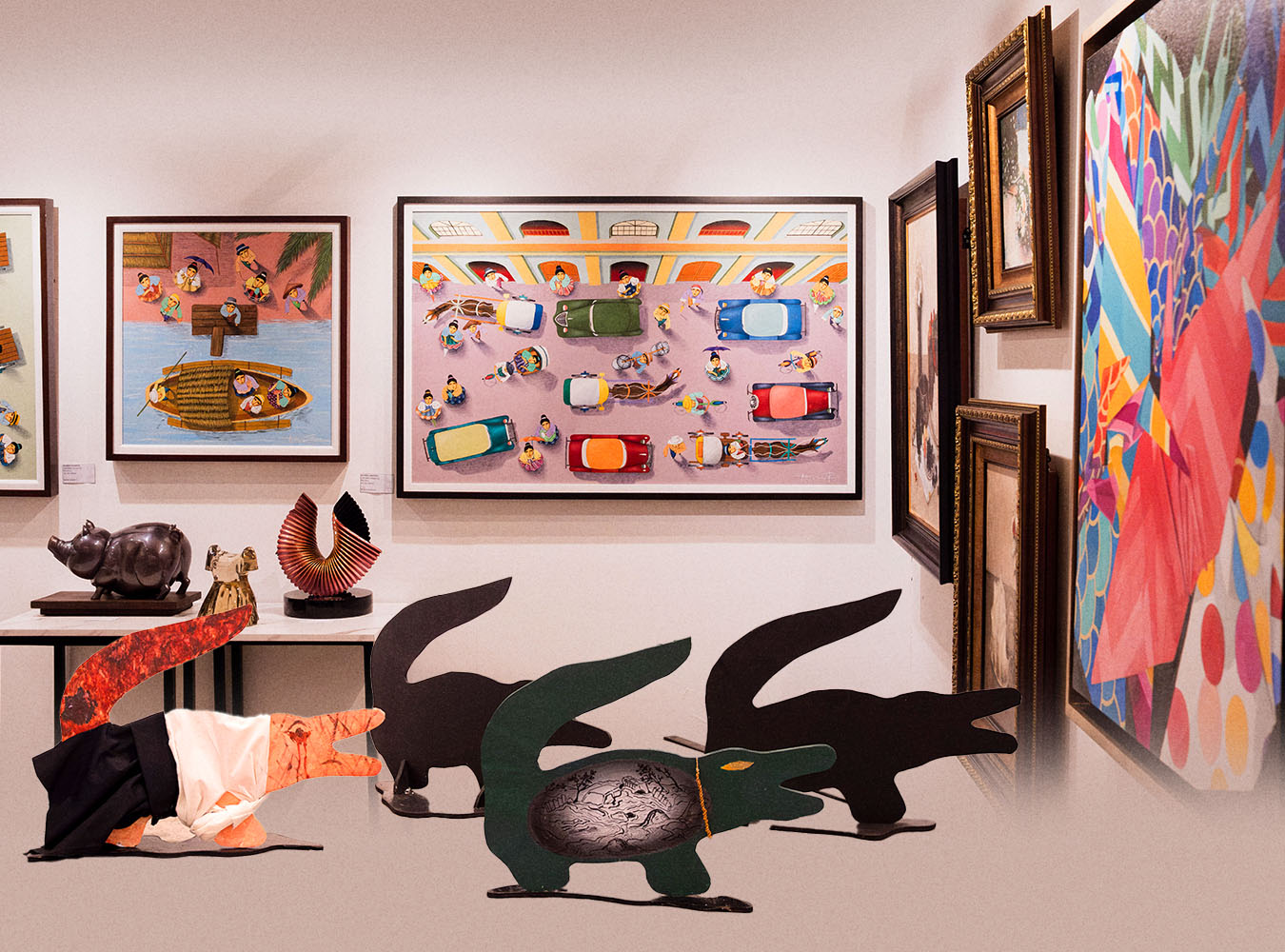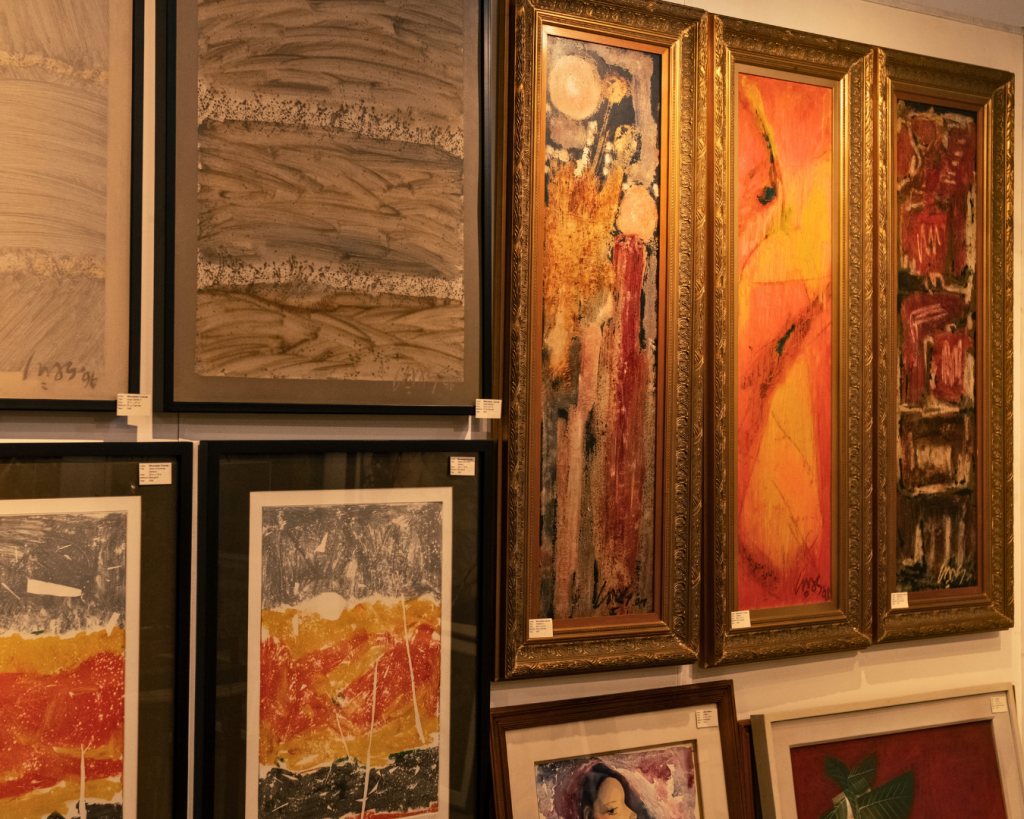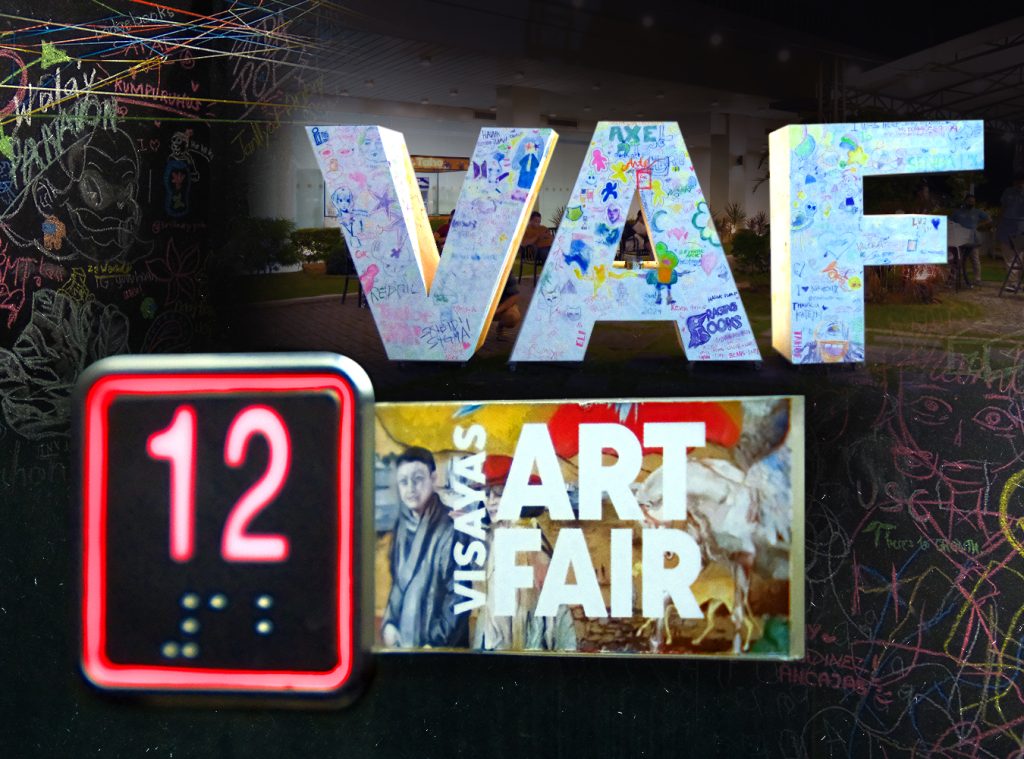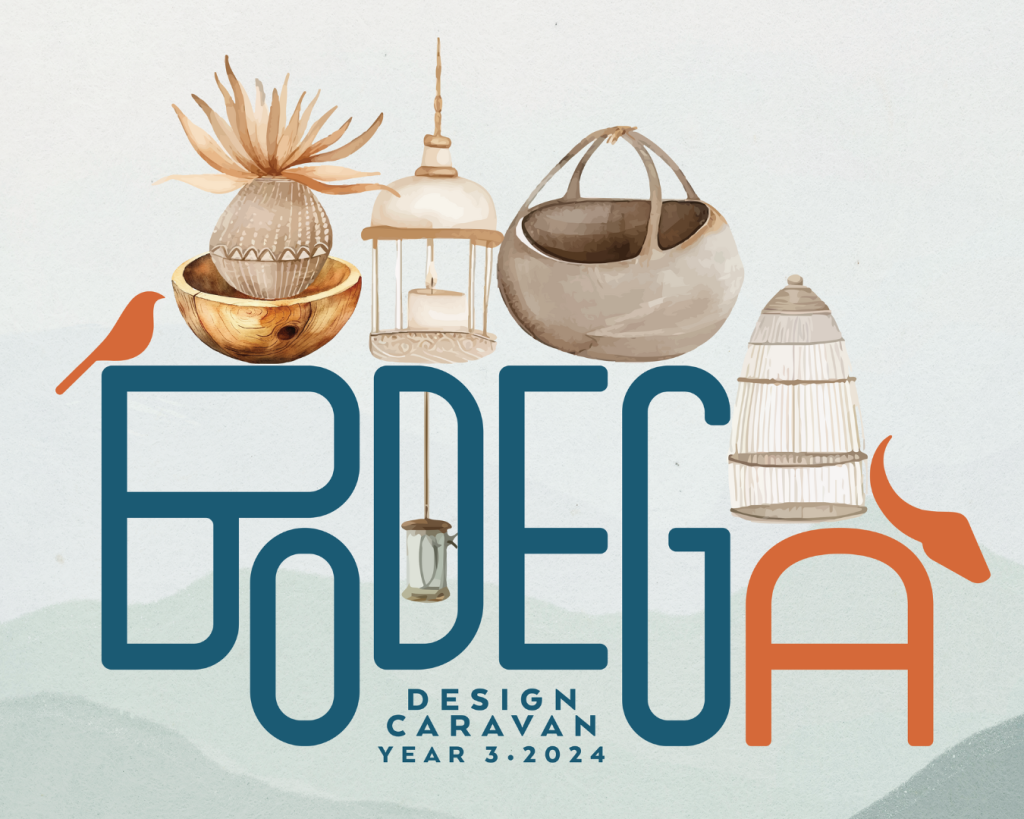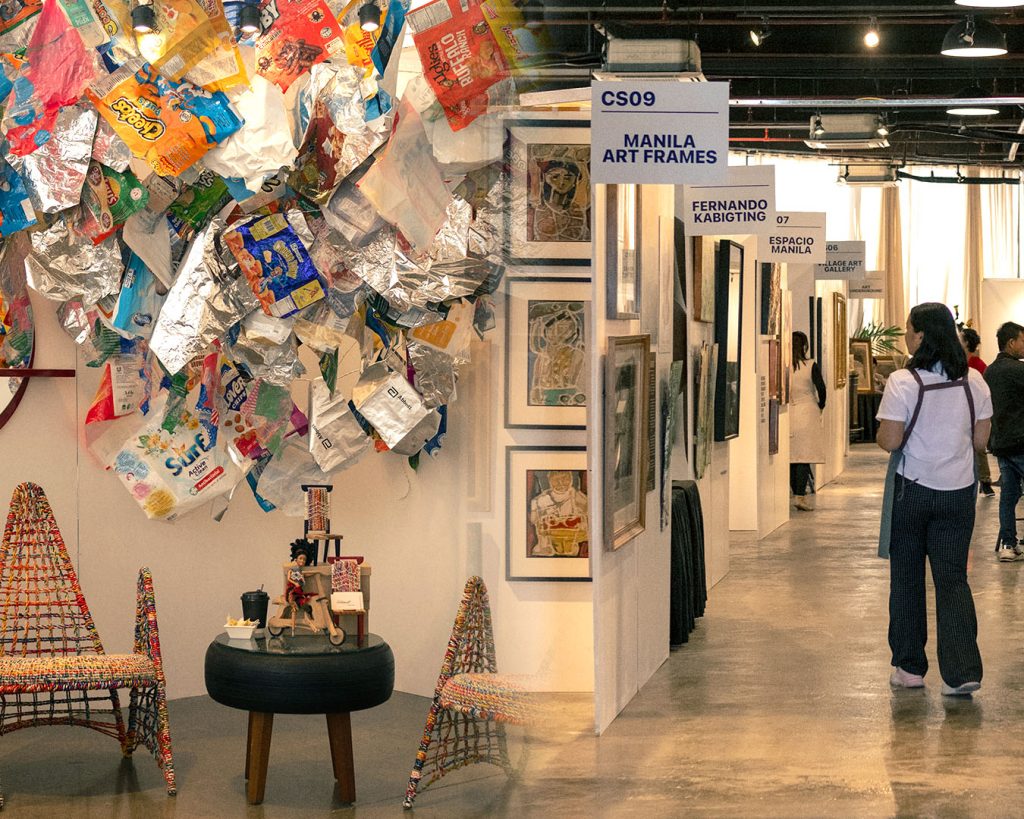Creativity took center stage in Oakridge Business Park as the Cebu Culture Art and Design Foundation (CCAD) hosted three of its most anticipated annual events: the Visayas Art Fair, held from November 15 to 18, the Bodega Design Caravan, which ran from November 13 to 16, and the Blue Mango Awards on November 14, 2025.
For years, these events have drawn artists from across the country in what has become an annual art pilgrimage of sorts. Now in its fifth year, the Visayas Art Fair has gone beyond borders as it also welcomed artists from outside Visayas and even the Philippines, with the participation of artists from Korea. Whether they are returning exhibitors or first-time participants, both share a sense of excitement and pride in showcasing their crafts and talents to a wider audience. The fairs gathered artists across many disciplines—painting, sculpture, product design, fashion—each one adding to the growing picture of what Philippine art is today and what it can become.
Beyond the exhibits, both events offered a lively mix of talks, workshops, demonstrations, and performances that offered opportunities for the local community to learn directly from the experts themselves while allowing artists to gain recognition and appreciation for their knowledge and craft. VAF held discussions that explored techniques of master painters, cultural narratives, and artistic research. Renowned artists Jumjum Ouano and Ed Solano Jr. led hands-on workshops of their own medium: Ouano on print and stenciling, and Solano on watercolor.
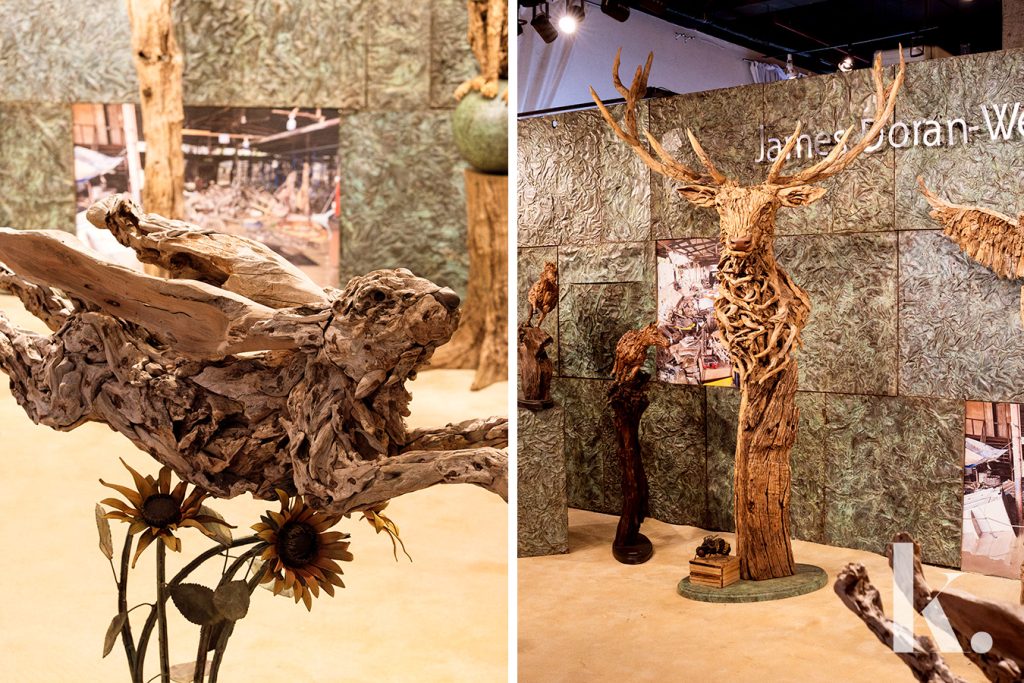
Meanwhile, the Bodega Design Caravan had an equally diverse set of activities, further reflecting the depth and range of Philippine art: culinary demonstrations, film screenings, animation workshops, a fashion show, and the Blue Mango Awards, which recognized how Filipino artists continue to innovate across mediums.
Art That Gives Back
In the first week of November, Typhoon Tino swept through Cebu and its neighboring regions with strong winds and heavy rain, causing severe flooding that left thousands affected. Many faced damage to their homes, livelihoods, and even suffered heartbreaking losses within their families. As communities focused on rebuilding and recovery, the Visayas Art Fair considered cancelling the entire event altogether.
However, Visayas Art Fair Chairperson Laurie Boquiren shared how the fair could instead serve as one of the community’s sources of support:
“All the ticket proceeds, 100% of it, will be donated to the flood victims of the typhoon. There are also very kind generous artists that donated their pieces here, and the proceeds of the sale will go to the Typhoon Tino victims.”
Cebu Literary Fest’s Art Market in the Bodega Design Caravan also welcomed The Sugilanon Story Nook, which is a space for children and families to participate in art stations, coloring activities, storytelling sessions, and more. Entry simply required a book or cash donation in support of book drives and library rebuilding efforts in typhoon-affected areas.
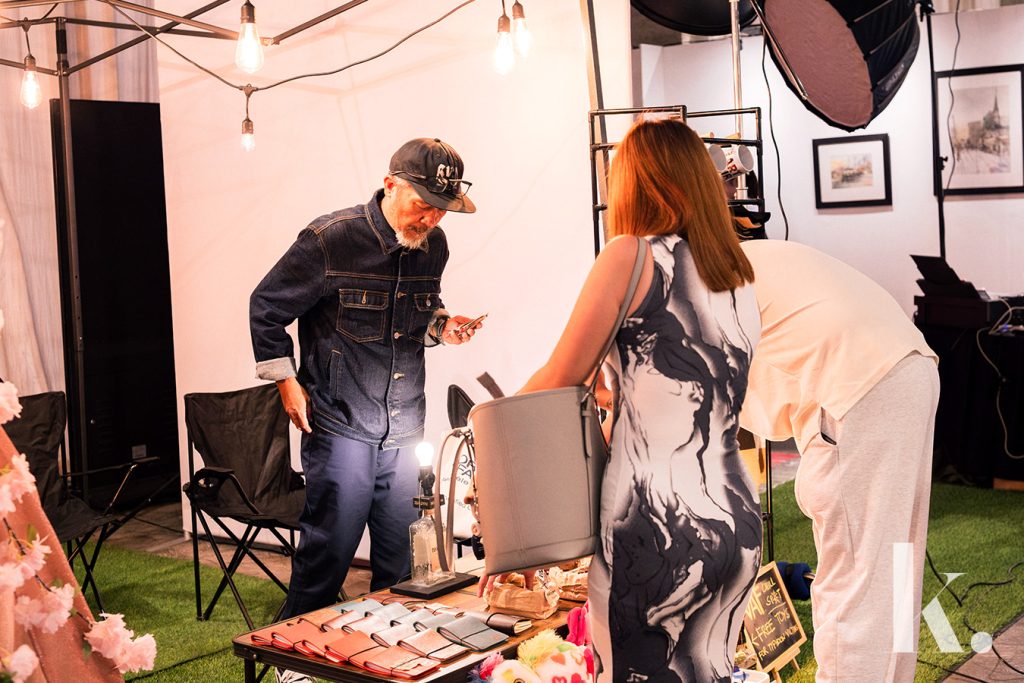
These initiatives were not only driven by the event organizers themselves but also by the voluntary efforts of individual artists and collectives. It showed that this year’s gatherings became more than just exhibitions—they transformed into a community united in support and solidarity with those who were affected by the typhoon.
“We are not indifferent to the pain around this; we are wide awake to the grief, anger, and despair that many of our fellow Cebuano’s feel,” Boquiren said during her opening remarks. “But as my dear friend Danny said: to proceed is not an act of indifference, it is an act of defiance against despair.”
Art As A Way Of Life
The Visayas Art Fair introduced the theme for their fifth year: “Infinite Perspectives: Unbound Creativity”. It emphasized the myriad of ways people interpret the world around them, transforming their everyday observations, personal experiences, and cultural environment into their craft.
Tess Rayos del Sol, head of the National Committee on Art Galleries (NCAG), shared how the fair serves as an avenue for artists’ expression and connection with different communities.
“Visayas Art Fair, a project of the NCAG, serves as a powerful platform—one that elevates the voices of our artists, shines the light on our cultural narratives, and bridges the galleries of the Visayas to the national and international art scene.”
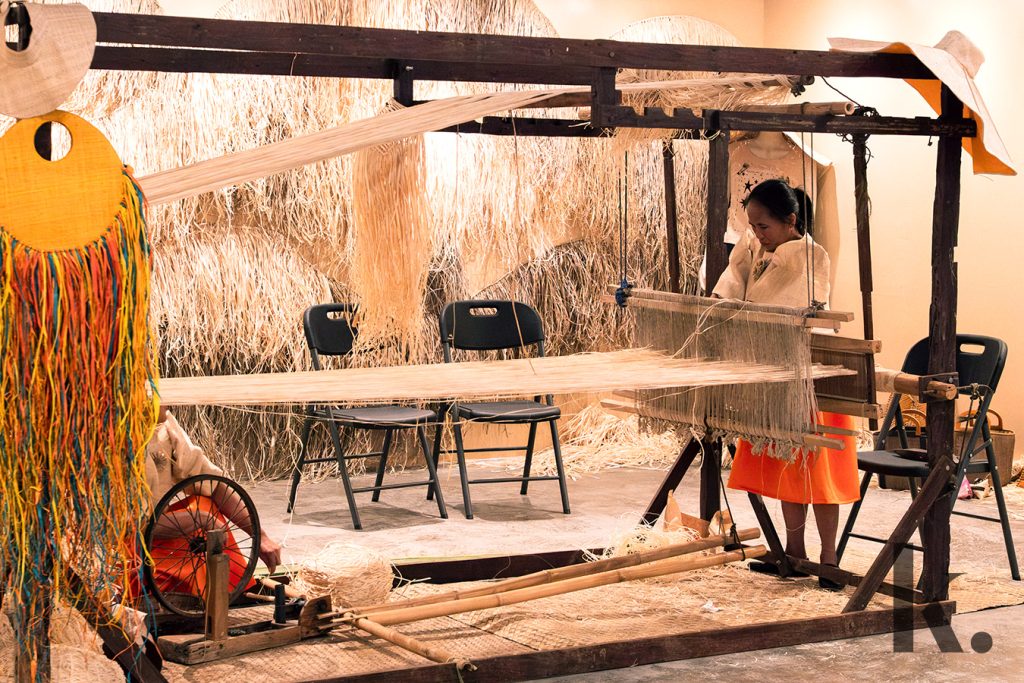
This year’s featured artists Gil Maningo and Danny Rayos del Sol presented their works in PASINAYA, a back-to-back exhibit that highlighted each artist’s mastery of the gold-leaf techniques in their own distinct styles. In his monumental work “Langhap”, Maningo’s use of gold leaf draws from European modernist influences to elevate the portraits of his muse, Carmela, into sacred icons. Meanwhile, Rayos del Sol turns to the iconography of the Virgin Mary as the subject of his works. In “Iba’t Ibang Mukha ni Maria”, he used gold leaf as a mixed medium to translate his devotion and faith to the Virgin Mary into a contemporary visual language.
What I love about art fairs is not just admiring the skills and techniques used in the artworks, but knowing the stories that shaped them. After all, art is just another language—one that translates a person’s thoughts, emotions, and experiences into form.

For Bukidnon Local Artists Kulektib, Inc. (BuLAK), first-time exhibitors in the fair, their language is literally grounded in the earth. Frames of portraits and landscapes lined up across the exhibit panels, all sharing one common medium: soil. Lloyd Hinosolango, one of the artists, explained the reason behind this:
“Sa amoa, di kaymi makapalit og art materials. Kana mga yuta, ang una nagtudlo sa amoa ay ang Father of Soil si Tatay Waway Saway.” [We couldn’t buy art materials. It was Tatay Waway Saway, the ‘Father of Soil,’ who first taught us to use soil.]
From this, Hinosolango learned that there is no price to creativity, and art can be made with anything. He hoped to share with audiences limited resources shouldn’t hinder anyone from creating art.
However, the soil isn’t just a mere medium for the BuLAK artists. It is a symbol of their connection to the environment and their cultural roots—imbuing a holistic identity to their artworks.
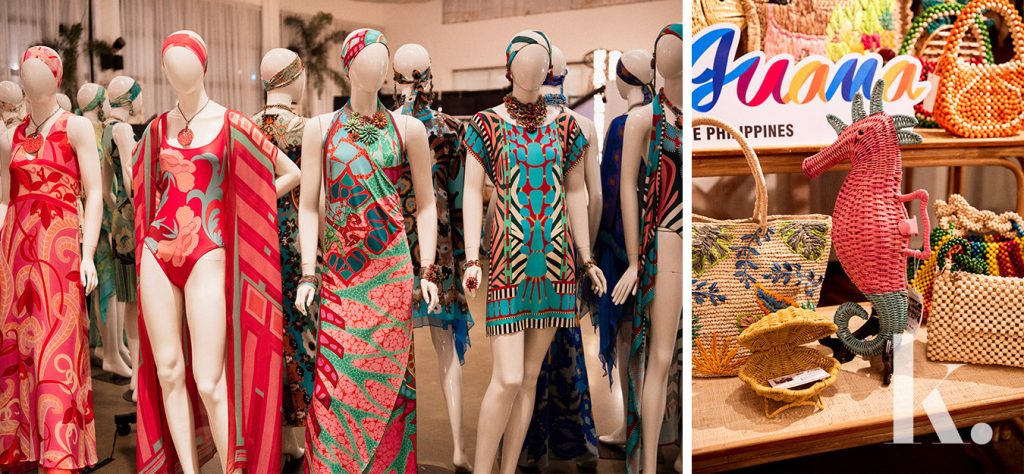
The environment also shapes the work of Tubigon Raffia Gallery from Bohol, known for its woven bags, clothes, wallets, and more. Raffia—natural fibers harvested from the buri palm—grows abundantly in the region, giving rise to a long-standing tradition and art of raffia weaving. In the center of the gallery’s booth stood a large handloom expertly operated by one of its local weavers, Cheronite Saguiral. Weaving has been her livelihood for 30 years now, the last ten of which she has spent with Tubigon Raffia Gallery. She shared that a lot of the youth continue to learn how to weave, as it has helped them in finishing high school and college. This emphasizes the value of weaving as it becomes a source of livelihood to many.
Strolling through the Bodega Design Caravan, I saw a lot of handcrafted and artisanal products. Reymark of Project Nova saw me curiously checking out their bags. And so, he excitedly recounted how the brand came to be. Project Nova was an initiative by Kayak Asia Philippines, a kayak-touring company that came to a temporary halt during the COVID-19 pandemic. It pushed them to think of how they can sustain themselves given the circumstances of tourism during that time. With discarded and retired kayaks, the kayak guides learned how to upcycle them by handcrafting them into functional bags and accessories. This made Project Nova a sustainable solution for Kayak Asia Philippines’ old kayaks: to reuse, repurpose, and promote environmentally-conscious products to the community.
Art Doesn’t Stop at the Display
Across these stories, art is not simply a product on display. Art is deeply woven into the lives of the communities that create it. For many of these artists, it is a record of their lived realities, an embodiment of their values and character, and their means of livelihood. Events like the Visayas Art Fair and the Bodega Design Caravan allow spaces for new connections and conversations among communities to learn from and appreciate the infinite perspectives that show how creativity truly knows no bounds.
Photography Kyrra Kho

